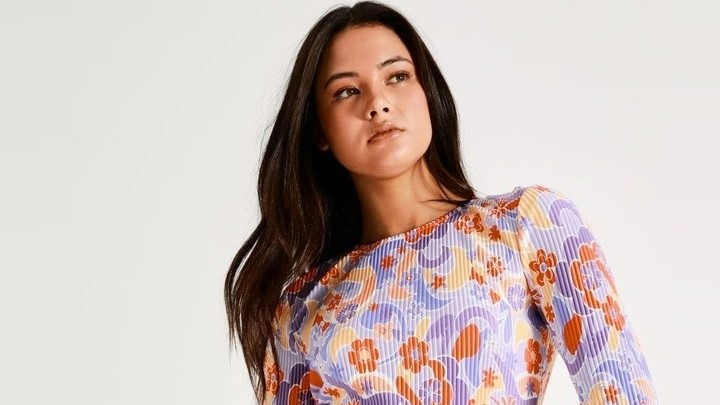Department store Myer has recently launched a program giving fashion design students the opportunity to sell their products in-store. As part of the Artist Pathway Program, the retail business is working with Billy Blue College at Torrens University to guide young designers through the product design process. Five students’ pieces will be released under Myer’s Miss Shop brand in the coming months. Myer design manager Dave Snow told Inside Retail that by working with the artists, the retailer
tailer can create the ‘first break’ for some exciting designers.
“We’ve got some very established people who are able to work alongside them, and give them that opportunity and experience,” said Snow.
“We’re able to give them a little bit more time [than more experienced designers] for the back and forth, and give them some real life experience that is so critical to the transition from an educational environment to a workplace role.”
The first of the designs from the collaboration is on Myer shelves now, and features a brief introduction to student designer Andrea Maurer on a custom swing tag. In August, Kezia Iskandar’s work will be on show, followed by Jasmine Matthews in September, Charlotte Davey in October and Felixia Agatha in November.
According to Snow, the program is much more light-weight than a traditional internship – it acts essentially in the same way as when Myer works with freelance designers to create prints or products, though with Torrens University as an intermediary.
“It’s a fairly minor change in the way we do things, but it can create a really positive outcome for people that otherwise wouldn’t have the opportunity to do a print for a national retailer,” Snow said.
“Hopefully it sets them up for the next thing – it’s something they can put into a CV and be proud of, knowing that most people in Australia wouldn’t have done it.”
A lesson for all
Torrens University’s program director for branded fashion design Russell Ponting told Inside Retail that when Snow reached out to him about kicking off the program, he thought it would be a perfect fit.
“We had actually just rewritten [our print design] subject to focus on the commercial opportunities that are available within print designs, so when the opportunity arose, we immediately tried to work out how we could fit it into a student’s workload,” Ponting said.
“These things are always tricky to get off the ground, because students have a lot of competing interests – principally their assignments – but we were happy with the take up. A lot of students were really excited by the possibilities, and as the scope grew more and more students were interested in it.”
For Ponting, one of the reasons the process worked so well for students was the relatively quick lead time on designing a print for the program. Students would be given around one to three weeks to go through the whole process with Myer, compared to a six-week lead up to an assignment, giving them time to focus on each task individually.
“It was a great learning experience, as far as that’s concerned. I’d also say that the process of working with the Miss Shop team and negotiating with clients, presenting a design and getting feedback, adjusting it, and all those sorts of things was really valuable for them,” Ponting said.
According to Ponting, Myer and Torrens University will continue working together to create more Miss Shop prints moving forward.

